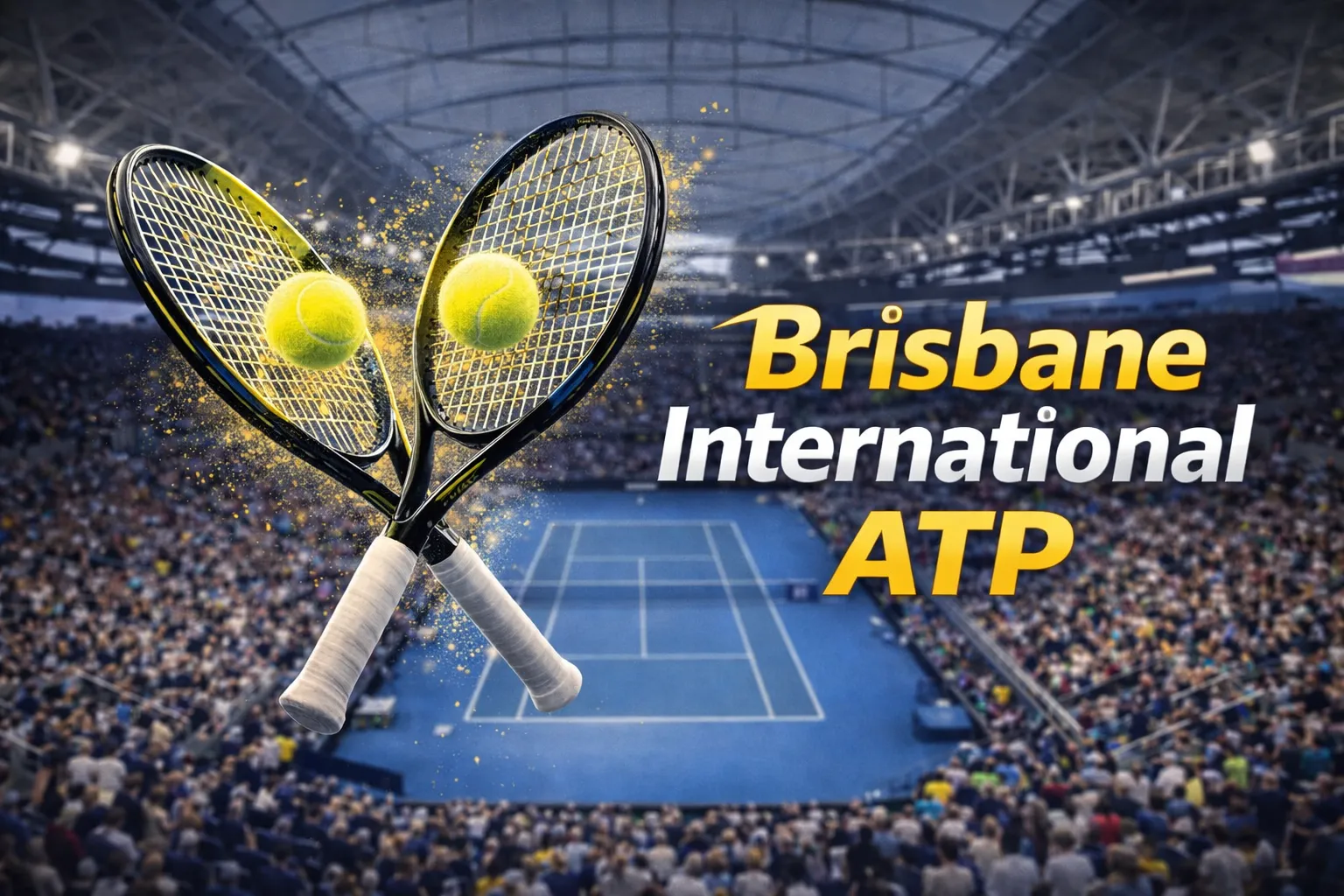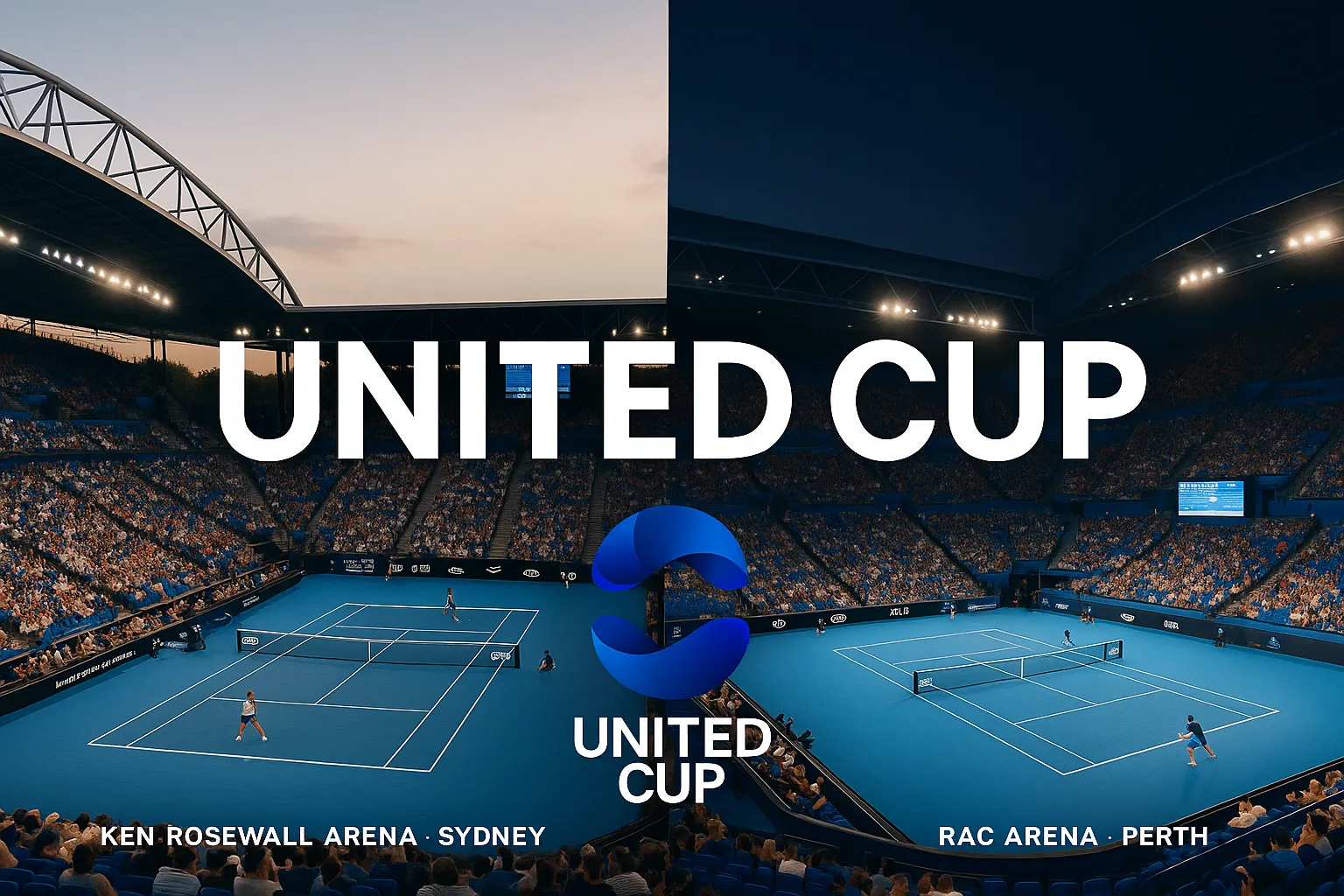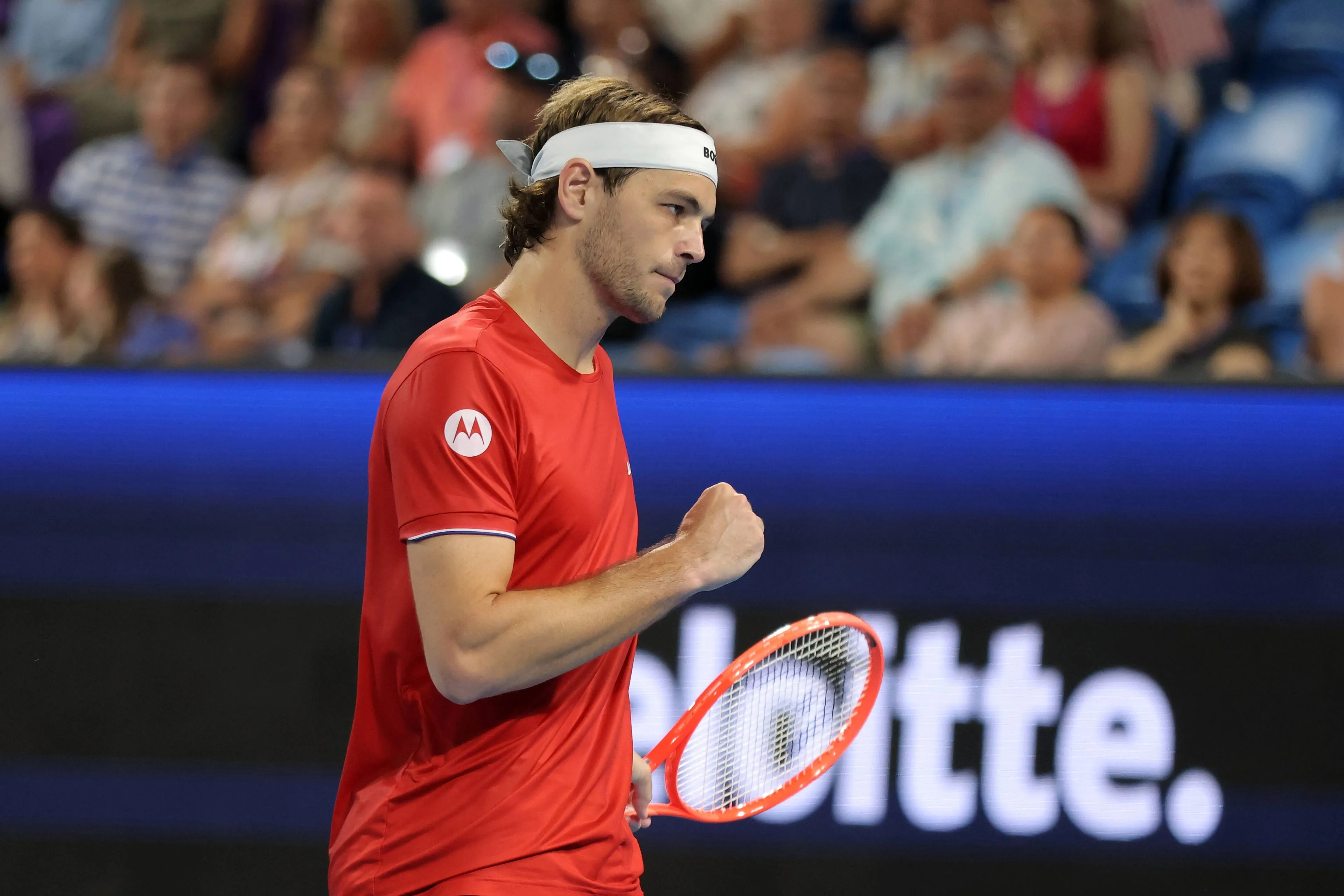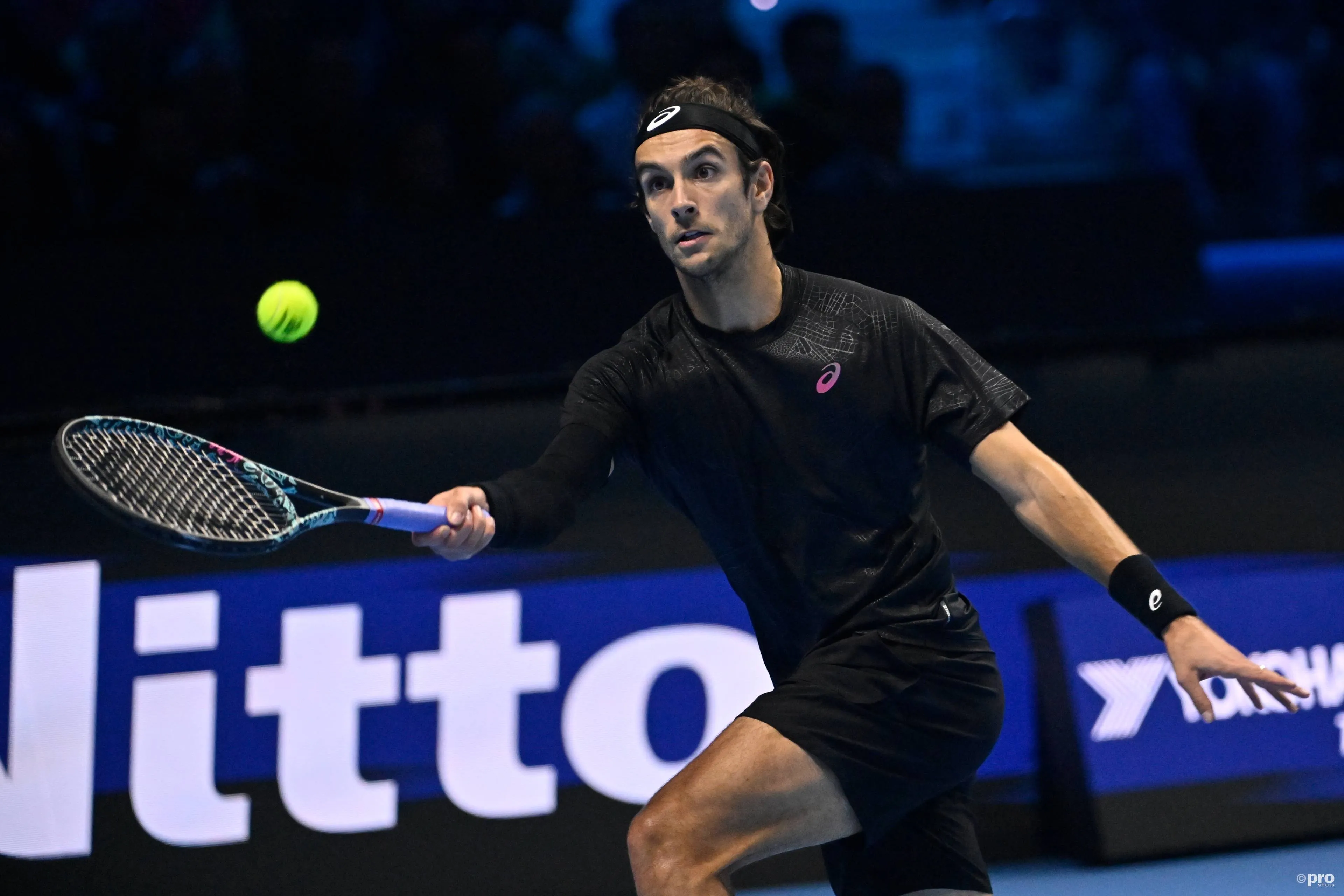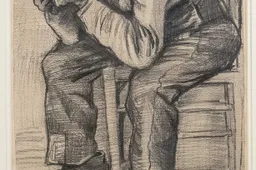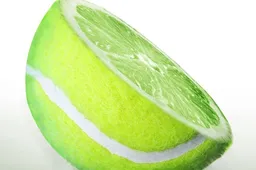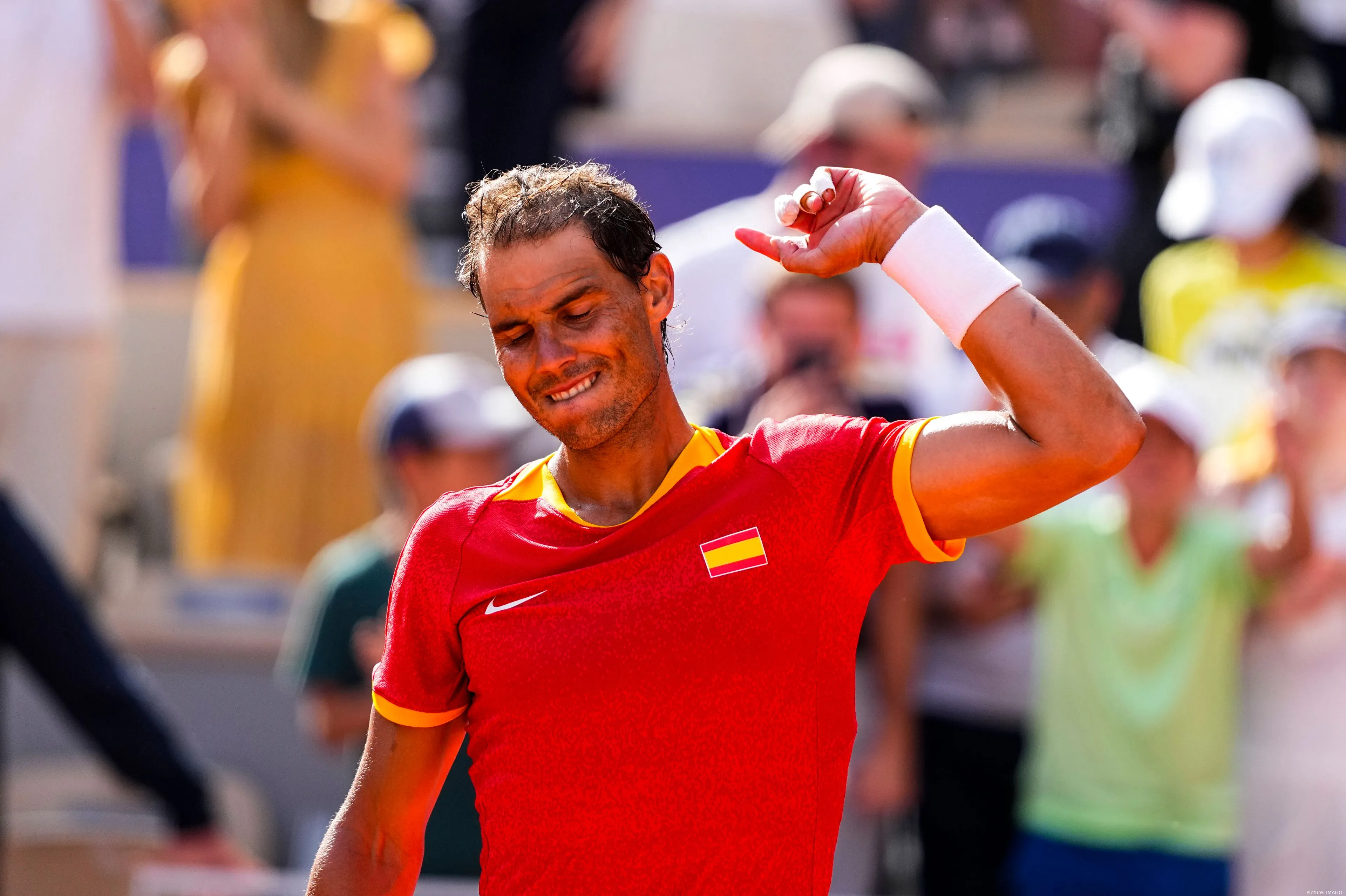
Who is Rafael Nadal?
Rafael Nadal is a Spanish professional tennis player, born June 3, 1986 in Manacor, Mallorca. He is widely regarded as one of the greatest tennis players of all time, best known for his unparalleled success on clay courts. Nadal has won a record 14 titles at Roland Garros and has a total of 22 Grand Slam titles to his name. His game is characterized by his intense physical strength, incredible fighting spirit and never-ending mentality. In addition to his grass-court dominance, Nadal has also won titles at all four Grand Slam tournaments, making him one of the few players to have completed the “Career Grand Slam.” In addition to his successes on the court, Nadal is known for his humility, sportsmanship and philanthropic work through the Rafa Nadal Foundation.
Name: Rafael Nadal
Born: June 3, 1986
Birthplace: Manacor, Spain
Turned Pro: 2001
Height: 1.85m
Born: June 3, 1986
Birthplace: Manacor, Spain
Turned Pro: 2001
Height: 1.85m
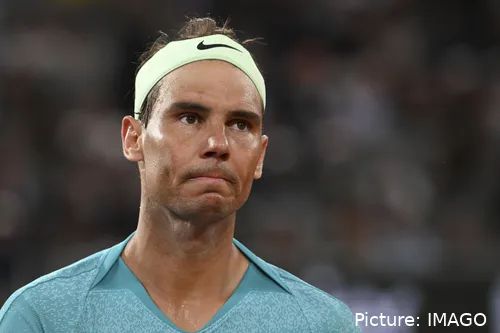
Rafael Nadal Roland Garros
Rafael Nadal is a Spanish tennis player, born June 3, 1986 in Manacor, Mallorca. He is widely regarded as one of the greatest tennis players of all time, particularly because of his dominance on clay courts. Nadal comes from a sporting family; his uncle, Toni Nadal, was his coach for a long time and played a crucial role in his career. His other uncle, Miguel Ángel Nadal, was a professional soccer player.
Nadal broke through on the ATP tour in 2003 and is known for his intense physical strength, incredible fighting spirit and mental toughness. He has won a record 14 titles at Roland Garros and has a total of 22 Grand Slam titles to his name, making him one of the most successful tennis players in history. Nadal has completed the “Career Grand Slam” by winning all four Grand Slam tournaments at least once.
Nadal trains at his own Rafa Nadal Academy in Mallorca and is sponsored by brands such as Nike, Babolat, and Richard Mille. He earns millions annually through prize money and his lucrative sponsorship deals. Besides his successes on the tennis court, Nadal is known for his humility, sportsmanship and involvement in philanthropic initiatives, particularly through the Rafa Nadal Foundation, which focuses on helping underprivileged children.
Rafael Nadal began his journey to tennis immortality at an early age. He took his first steps on the professional circuit in 2001, when he won his first match on the ATP Tour at the age of just 15. The following years were all about development, with Nadal honing his skills in Futures and Challenger tournaments.
In 2003, Nadal made his breakthrough by reaching the third round of Wimbledon at the age of 16. His standout performance caused him to finish the year in the top 50 of the world rankings, foreshadowing the dominance that would follow.
The year 2004 brought Nadal his first ATP title, which he won in Sopot, Poland. He also reached the fourth round of the Australian Open and the third round of the US Open, further cementing his status as a rising star in international tennis.
2005 was the year Rafael Nadal made his real breakthrough. He won his first Grand Slam title at Roland Garros, where he became the youngest winner since Michael Chang. That same year, Nadal won 11 ATP titles, including four Masters 1000 titles, and finished the year as No. 2 in the world, right behind Roger Federer. It was the beginning of a rivalry that would define modern tennis.
In 2006, Nadal repeated his success at Roland Garros by winning the title again. He added five ATP titles to his record, including the Masters 1000 titles in Monte Carlo and Rome, and reached his first Wimbledon final, where he lost to Federer. Despite the defeat at Wimbledon, Nadal again finished the year as No. 2 in the world.
The year 2007 brought Nadal his third consecutive Roland Garros title. He won six ATP titles and again reached the final of Wimbledon, where he again faced Federer and lost. His consistent performance confirmed his position as the second best player in the world, still behind Federer.
2008 was a historic year for Rafael Nadal. He captured his fourth Roland Garros title and won Wimbledon for the first time, in what is widely considered one of the best tennis matches of all time, beating Federer in an epic five-setter. Nadal also won Olympic singles gold in Beijing and reached the semifinals of the US Open. For the first time in his career, he finished the year as the world No. 1, knocking Federer off the throne.
In 2009, Nadal won his first Australian Open title, again by defeating Federer in an emotional five-setter. Although he secured his fifth Roland Garros title, he was surprisingly eliminated in the fourth round by Robin Söderling, ending his unbeaten run on the Parisian clay court. Nadal struggled with injuries and had to miss Wimbledon, but still finished the year as No. 2 in the world.
2010 was one of the most remarkable years in Nadal's career. He won three Grand Slam titles - Roland Garros, Wimbledon, and the US Open - completing the “Career Grand Slam.” This made him one of the few players in history to have won all four Grand Slam tournaments at least once. He also added three Masters 1000 titles and finished the year as the No. 1 ranked player in the world.

Rafael Nadal Madrid Open
Nadal's dominance on gravel continued in 2011, when he won his sixth Roland Garros title, matching Björn Borg's record. He also reached the finals of Wimbledon and the US Open, but lost both to Novak Djokovic. Nadal finished the year ranked No. 2 in the world, but remained one of the most formidable players on the tour.
In 2012, Nadal won his seventh Roland Garros title, breaking the record for most wins at the tournament. He also reached the final of the Australian Open, where he lost to Djokovic in an epic five-setter. However, Nadal struggled with injuries and missed the second half of the season, including the US Open and the Olympics. He finished the year ranked No. 4 in the world.
2013 marked an impressive comeback for Nadal. He won 10 titles, including Roland Garros and the US Open. He added five Masters 1000 titles to his collection and finished the year as No. 1 in the world, marking one of the most dominant seasons of his career.
In 2014, Nadal added his ninth Roland Garros title, further cementing his status as king of the clay court. He also reached the final of the Australian Open, but lost to Stan Wawrinka. Despite some injury problems in the second half of the season, Nadal finished the year ranked No. 3 in the world.
2015 was a difficult year for Nadal. He won only three ATP titles and did not reach a single Grand Slam final, which was a rarity in his career. His performances on clay were less dominant, and he lost early at Roland Garros. He finished the year outside the top five for the first time in more than a decade, ranked No. 10 in the world.
In 2016, Nadal started strong with titles in Monte Carlo and Barcelona, but again injuries hampered his season. He missed Wimbledon and lost in the fourth round of the US Open. He won Olympic gold in doubles in Rio de Janeiro with Marc López and finished the year ranked No. 9 in the world.
Nadal made a spectacular comeback in 2017 by winning his 10th Roland Garros title, a feat unprecedented in modern tennis. He added his third US Open title and reached the final of the Australian Open. He finished the year as No. 1 in the world, his sixth year at the top spot.
In 2018, Nadal continued his dominance on clay courts by winning his 11th Roland Garros title. He added four more ATP titles and reached the semifinals of Wimbledon and the US Open. Despite injury problems, he finished the year ranked No. 2 in the world.
2019 was another glorious year for Nadal. He won his 12th Roland Garros title and his fourth US Open title. He added the title in Rome to his impressive list of Masters 1000 titles and finished the year as No. 1 in the world, further cementing his place as one of the greatest tennis players of all time.
In 2020, Nadal won his 13th Roland Garros title, matching Roger Federer's record of 20 Grand Slam titles. Despite the limitations and challenges of the COVID-19 pandemic, Nadal remained a dominant force on clay courts and finished the year ranked No. 2 in the world.
2021 again brought challenges for Nadal, who struggled with injuries. He won two ATP titles and reached the semifinals of Roland Garros, where he was defeated by Djokovic in an epic match. He finished the year ranked No. 6 in the world, outside the top five for the first time in many years.
In 2022, Nadal started the year strong by winning his 21st Grand Slam title at the Australian Open, breaking the record for most Grand Slam titles. He added his 14th Roland Garros title, but again suffered injuries in the second half of the season. He finished the year in the top five in the world rankings.
In 2023, Nadal spent most of it on the sidelines and flirted with retirement. He lost to Mackenzie McDonald at the Australian Open and spent the rest of the years on the sidelines.
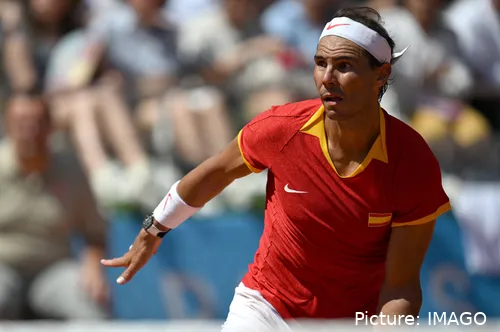
Rafael Nadal Olympic Games 2024
The year 2024 again showed Nadal's resilience. He returned to tennis. But results were hard to come by as well as good draws as he looked more certain to end his career.
Rafael Nadal's career is a testament to extraordinary dedication, perseverance and unparalleled skills. His impressive achievements have earned him a place as one of the greatest tennis players of all time, and his impact on the sport will be felt for many years to come.
Read also
List of all 22 Grand Slam titles won by Rafael Nadal
2005: French Open (defeated Mariano Puerta 6-7 (6), 6-3, 6-1, 7-5)
2006: French Open (defeated Roger Federer 1-6, 6-1, 6-4, 7-6 (4))
2007: French Open (defeated Roger Federer 6-3, 4-6, 6-3, 6-4)
2008: French Open (defeated Roger Federer 6-1, 6-3, 6-0), Wimbledon (defeated Roger Federer 6-4, 6-4, 6-7 (5), 6-7 (8), 9-7)
2009: Australian Open (defeated Roger Federer 7-5, 3-6, 7-6 (3), 3-6, 6-2)
2010: French Open (defeated Robin Soderling 6-4, 6-2, 6-4), Wimbledon (defeated Tomas Berdych 6-3, 7-5, 6-4), US Open (defeated Novak Djokovic 6-4, 5-7, 6-4, 6-2)
2011: French Open (defeated Roger Federer 7-5, 7-6 (3), 5-7, 6-1)
2012: French Open (defeated Novak Djokovic 6-4, 6-3, 2-6, 7-5)
2013: French Open (defeated David Ferrer 6-3, 6-2, 6-3), US Open (defeated Novak Djokovic 6-2, 3-6, 6-4, 6-1)
2014: French Open (defeated Novak Djokovic 3-6, 7-5, 6-2, 6-4)
2017: French Open (defeated Stan Wawrinka 6-2, 6-3, 6-1), US Open (defeated Kevin Anderson 6-3, 6-3, 6-4)
2018: French Open (defeated Dominic Thiem 6-4, 6-3, 6-2)
2019: French Open (defeated Dominic Thiem 6-3, 5-7, 6-1, 6-1), US Open (defeated Daniil Medvedev 7-5, 6-3, 5-7, 4-6, 6-4)
2020: French Open (defeated Novak Djokovic 6-0, 6-2, 7-5)
2022: Australian Open (defeated Daniil Medvedev 2-6, 6-7 (5), 6-4, 6-4, 7-5), French Open (defeated Casper Ruud 6-3, 6-3, 6-0)
claps 0visitors 0
Just In
Popular News
Latest Comments
- I see Emma has already begun her "reduced" schedule! Ha-ha-ha
- I agree 100% on axing the post-match Runner-up mandatory speech. There is so much wrong with that -- hanging time up to 20 minutes; cameras in your face as you wait on the bench to tell everyone how "amazing" they are, how "amazing" your opponent and his/her team are; pretend how happy it is to finish in Second Place; how much you "love the venue and atmosphere"; what restaurants & shops you visited and so. It's an unnecessary added and RIDICULOUS pressure..
- She can't hide the dropping of sponsors at this point. BTW: Nike reduced their $ponsor$hip last year (people have short memories). Bye, Bye Wilson!
- How is this tennis news? Have the Williams' PR people stopped inundating you with their insignificant non-tennis releases?
- At this point WTA's concern is clear -- None! After the players' consistently ignored issues and suggestions are shelved the obvious approach for the players is to refuse participating until WTA (and ITIA) make a serious, concerted effort to LISTEN and come to an agreement on potential issues. Look, no one but these players know -- and feel -- the results of ever-increasing regulations and mandatory participation demanded by the Tennis Executive Elite.
- Nice article!
- I hope Carlos is not making a mistake. If it ain't broke, don't fix it!
- Shamil Tarpischev is losing all his female Russian players. Ekaterina Alexandrova next? Prague calling!
- I am so proud of her! 😉
- Amazing player.
Loading


